Gardening for beginners: 10 easy tasks to get started
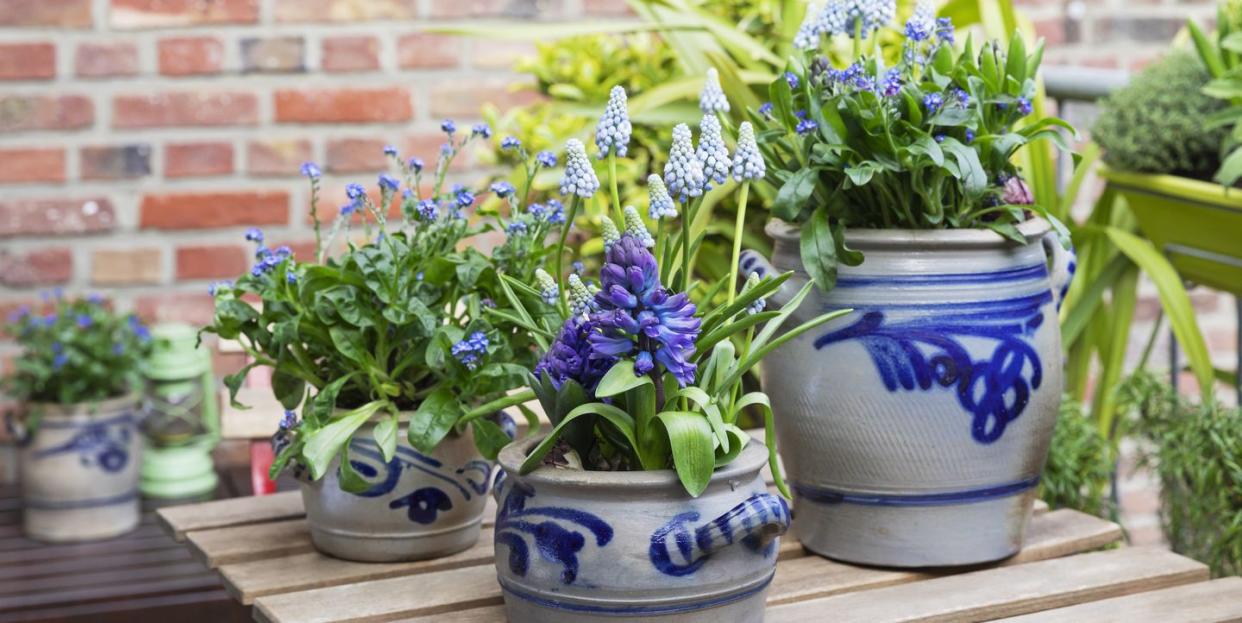
While gardening can be a therapeutic and mindful task, knowing exactly where to start can be daunting – but it doesn't have to be. Here are 10 simple gardening tasks to get you started.
1. Start with the right tools
A good selection of quality tools is essential for all your garden needs and will ensure that your plants and lawn thrive. It'll also make garden maintenance a lot easier and more manageable. 'Alongside the all-important lawn mower, in my arsenal I always have a pair of great secateurs, shears (either manual or electric), a pruning saw, a long-handled trowel, a hand fork and a garden hoe for weeding,' says Simon Toomer, curator of living collections at Royal Botanic Gardens, Kew.
2. Plant a container with summer bedding plants
This is one of the easiest things to do to add instant colour to a drab backyard, says Angela Slater, gardening expert at Hayes Garden World. Plants don’t have to be colour coordinated either, they can be a riot of colour and still look fantastic.
Summer bedding plants (geraniums, petunias and cosmos, to name a few) are not hugely expensive and you can pick up an inexpensive plastic container for just a couple of pounds. Use container and basket compost, which also contains some fertiliser and water retention gel – it saves you from giving additional feed and means the plants will also survive dry periods for longer.
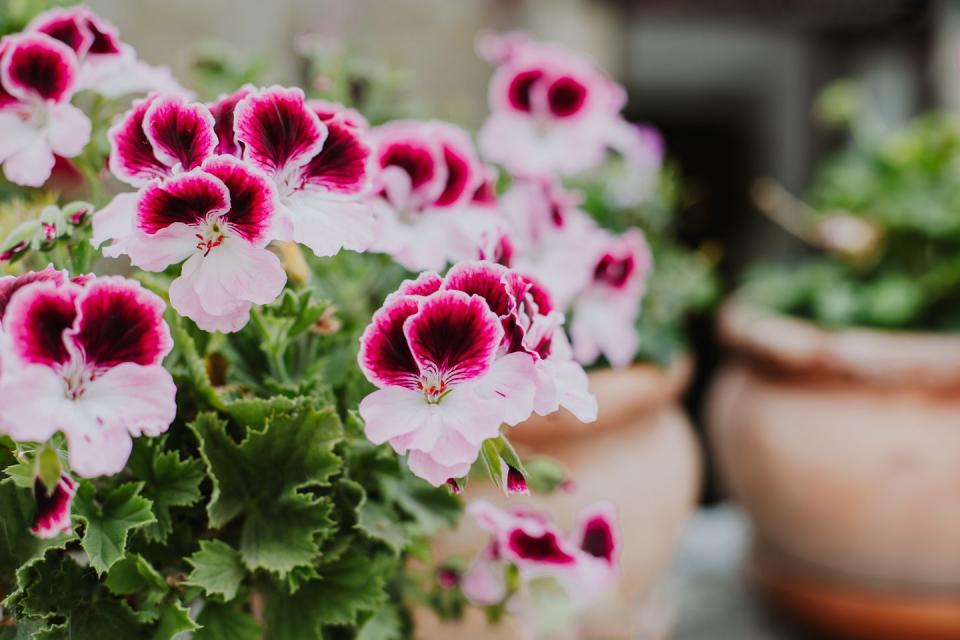
3. Create somewhere to sit in the sunshine and chill
Identify a sunny sheltered corner of your garden and set about making it a comfortable and welcoming place to sit and relax. Start by tidying the area and getting rid of all the junk, or weeding and digging over the garden.
If you're making-over a corner of a backyard, start by painting the wall or fence. Add plants to containers or a border to soften the hard landscape and absorb the noise from the road or next door. Choose plants which are scented to give you a more relaxing atmosphere, such as roses, honeysuckle or sweet peas.
Furnish your 'outdoor living room' with a garden sofa or day bed, cushions, a rug, a pair of lounge chairs and some string lights. Kit out your space for when the temperature drops too by investing in a fire pit or patio heater.
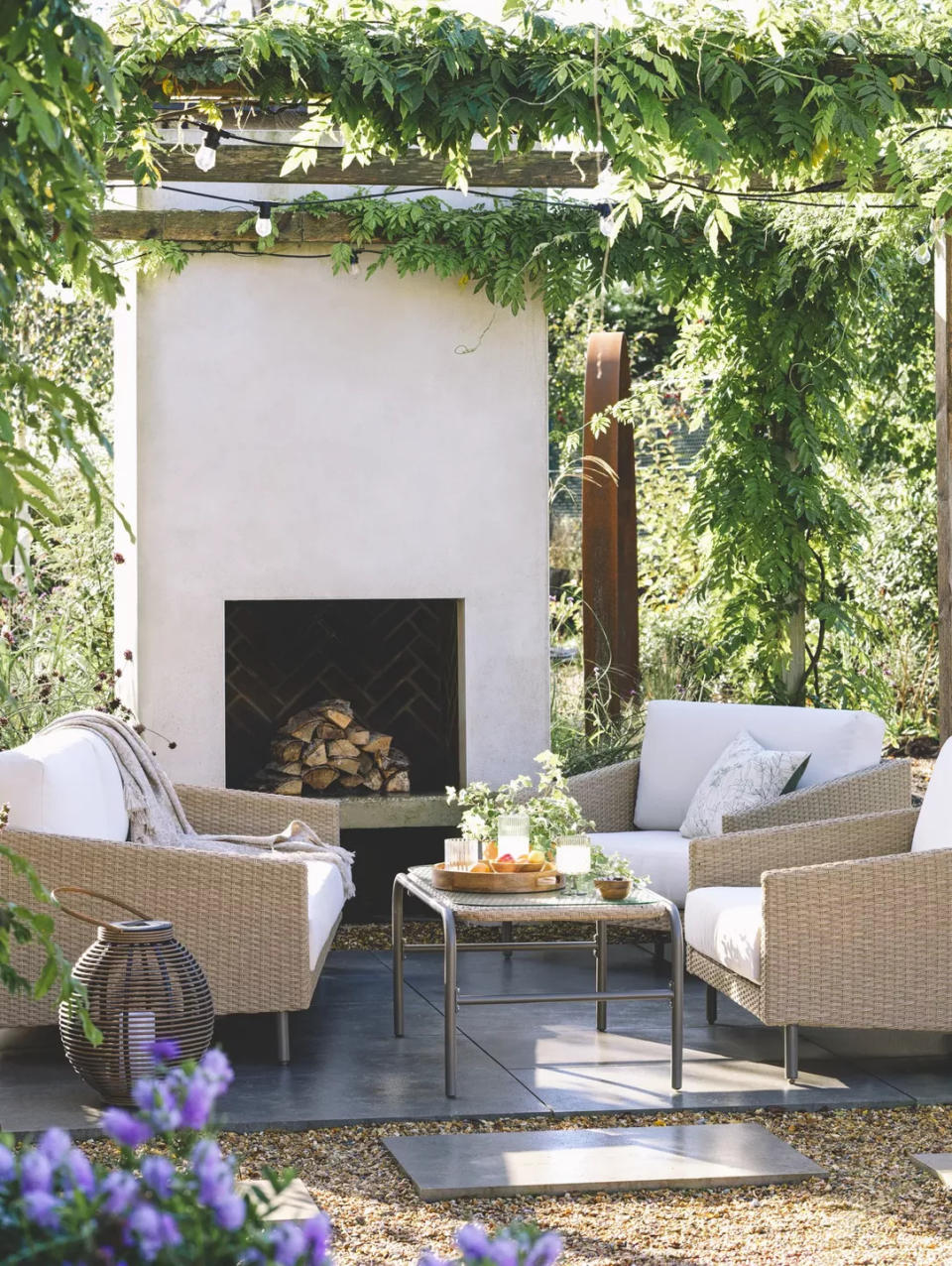
4. Weed your beds
Get into the habit of regularly digging out the weeds to create the best possible conditions for your plants to thrive. 'It makes it more likely for your other garden plants to grow and flourish as they don’t have to compete with unwanted weeds for water, light and nutrients,' says Chris Bonnett from GardeningExpress.co.uk.
It's a good idea to follow this with mulching, it'll lock moisture into the soil and suppress the growth of weeds.
5. Create a pond
To increase biodiversity in your garden, think about all the ways you can introduce water features such as ponds or birdbaths to attract amphibians, insects and birds.
You can create a DIY pond in just a few simple steps. 'All you need to do is collect a few pebbles and stones. Then, dig a hole in the garden and line the hole with a pond liner. Keep the liner in place by layering pebbles, rocks and stones around the outside of the hole. These will also hide the edges of the liner. Then, fill the hole with water to create your pond,' explains Fiona Jenkins, a landscaper and gardening expert at MyJobQuote.co.uk.
Otherwise, you can just use a large pot or container to create a makeshift pond with equally great results.
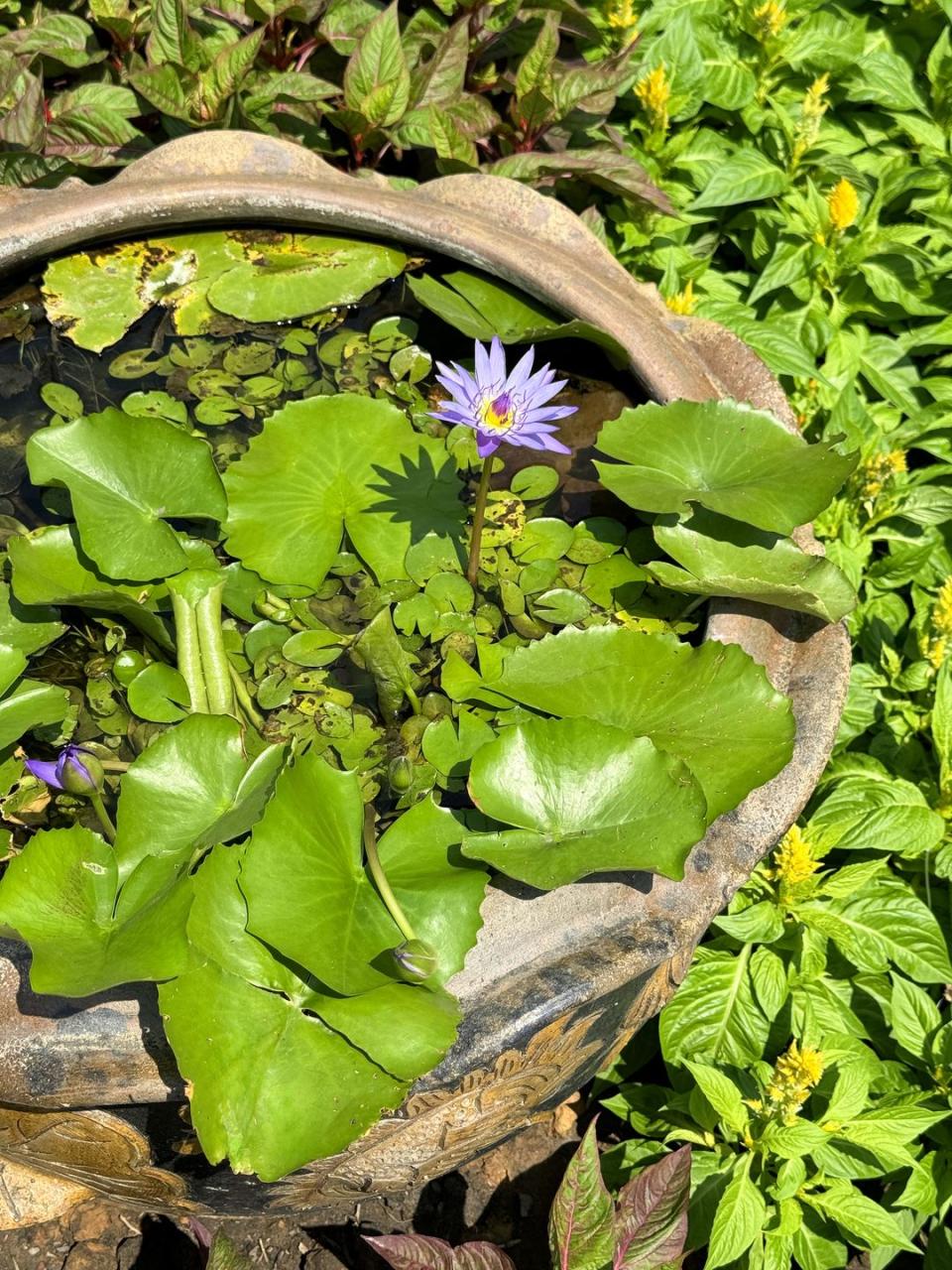
6. Plant up a herb container and learn some new recipes
There’s no doubt that a handful of fresh herbs can liven up a simple dish. Plant several species in the same container, avoiding common mint and horseradish which will soon swamp everything else. If you like Mediterranean food, try thyme, oregano, sage, rosemary and basil.
For herbs, use a free-draining loam-based compost such as John Innes No 1. 'You don’t want a compost with a lot of food as they need to be grown hard for the best flavour; if they are too lush the flavour is not as intense. Keep them damp, not sodden, and place in a sunny position,' explains Angela.
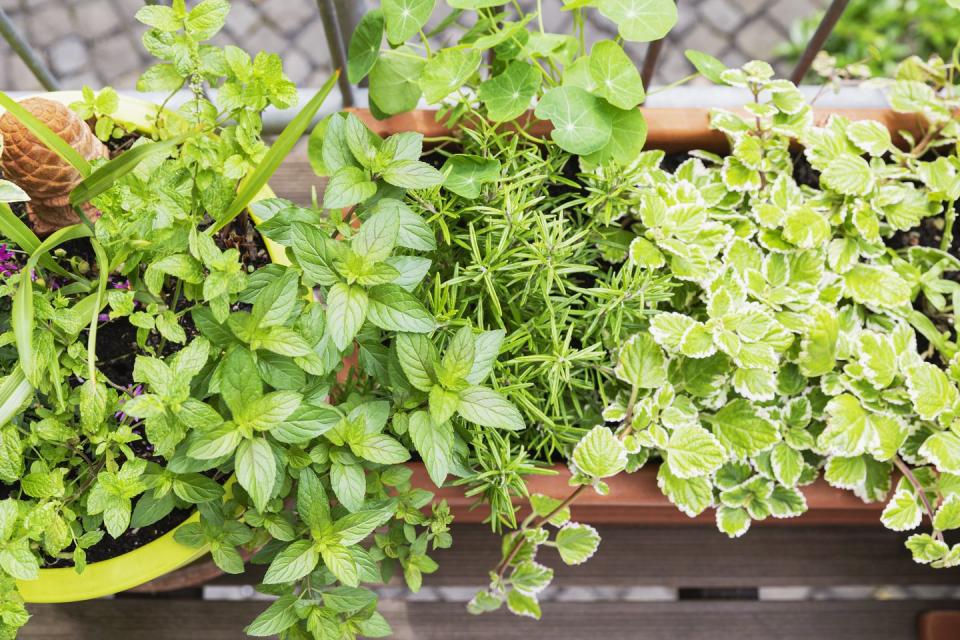
7. Grow some salad leaves on a sunny windowsill
If you don’t have an outdoor space you can still grow tasty homegrown salad leaves from your sunny kitchen windowsill. All you need is a seed tray or a few plastic punnets (which you get fruit in), some seed compost, and a packet of mixed salad leaves.
Place the compost in the seed tray and stand it in water until it is thoroughly damp, sprinkle a little seed thinly on the top then cover with a very thin layer of compost, about one millimetre. Keep it damp but not sodden, otherwise the seedlings will just go rotten. Sow a tray of seed every three weeks to ensure you have a succession of leaves, suggests Angela.
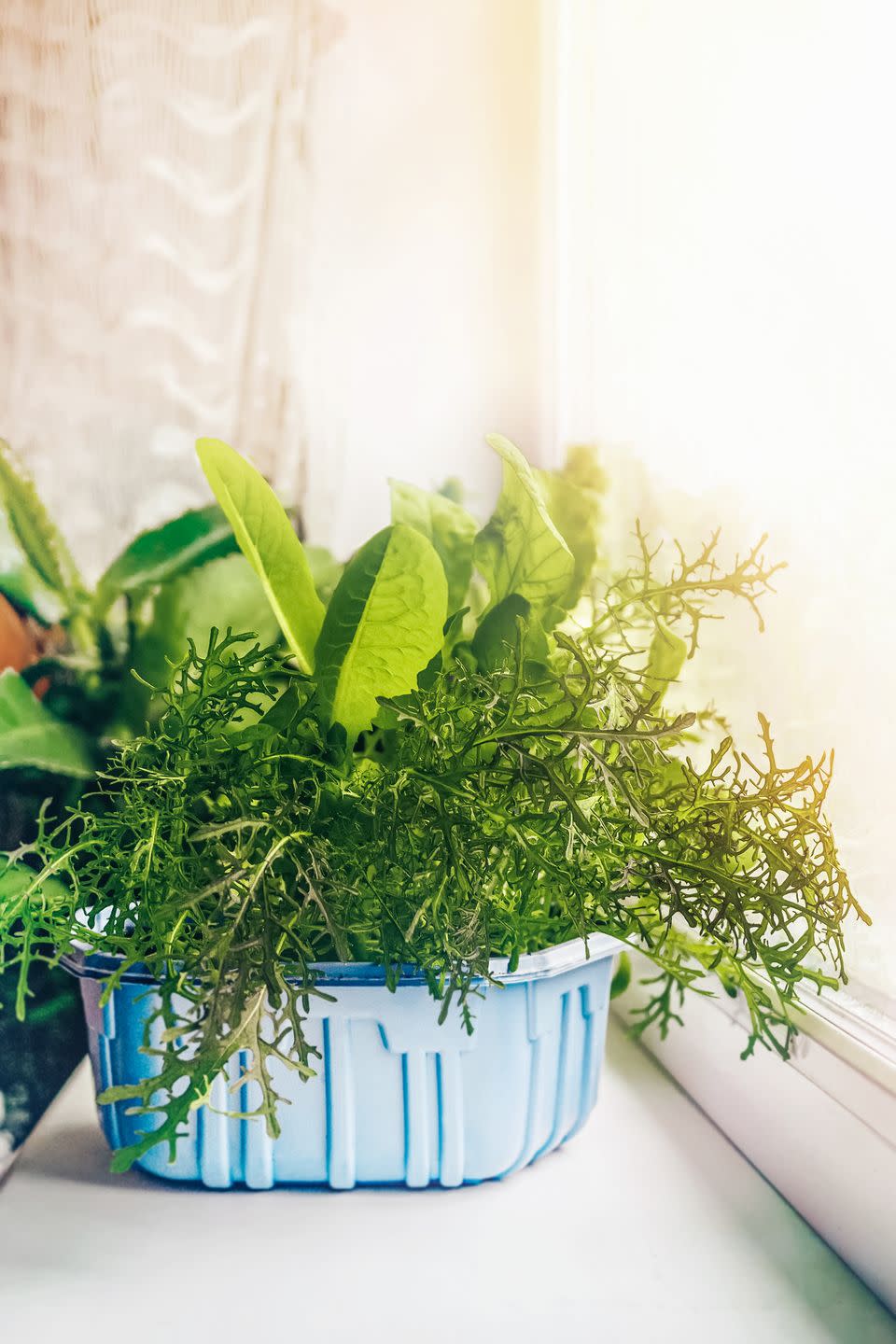
8. Plant some toning perennials in a container
If you have a bare garden that could do with a spot of colour or some plants to soften the harshness, go for some mixed evergreen perennials, shrubs, or even a small tree.
Mediterranean plants are low maintenance and will survive without being watered for a few days. Succulents are another great group of plants which need hardly any maintenance and very little water. If you want a sculptural effect, try a cloud pruned conifer or the tall thin Juniper ‘Blue Arrow’. If you like to hear the rustle of leaves in the breeze, try a bamboo.
9. Start with growing easy fruit and vegetables
A lot of fruit and vegetables can easily be grown in containers. Strawberries, blueberries, dwarf beans, peas, radish, lettuce or potatoes are all easy to start off with if you don't have any experience.
Blueberries in particular are easy to grow and are also a superfood. You will achieve a bigger crop of fruit if you have two bushes, and don’t forget that you need ericaceous compost, rather than a general compost for growing them.
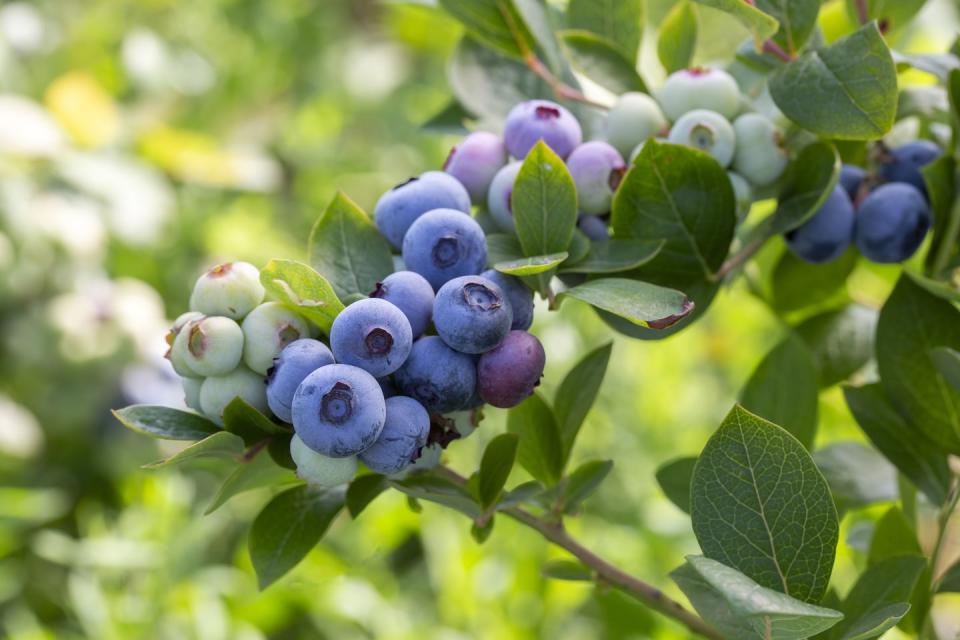
10. Sow a patch of annuals
If you have a bare patch, simply sow a patch of annuals. Most seed companies do a mixture, and you’ll soon have blooms to bring into the house. 'Rake the surface of the soil until it is stone-free and the soil is a fine structure. Scatter the seed thinly over the surface, give it a light rake again and water with a fine rose on your watering can. Annuals do need as much sun as possible so this is not a suitable solution for a shady patch,' says Angela.
Follow House Beautiful on TikTok and Instagram.
You Might Also Like



